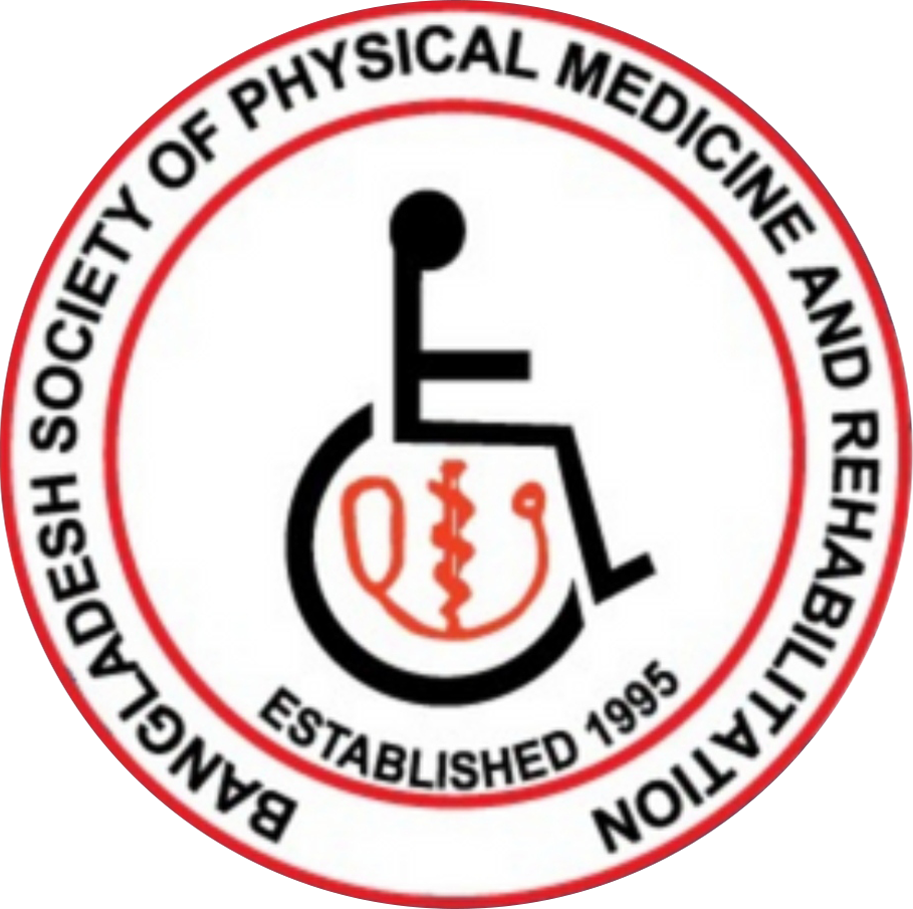Effect of Constraint-Induced Movement Therapy and Mirror Therapy on The Patients with Subacute Stroke in Bangladesh
Background: Subacute stroke is a health-related problem that spans a period from two days to two weeks. A marked disability results from stroke causes remarkable burden on family and society. Objective: To find out the effectiveness of constraint-induced movement therapy (CIMT) and combined mirror therapy on patients with subacute stroke. Comparison of effectiveness in between combined therapy and CIMT. Materials and Methods: Eighteen patients with subacute stroke were enrolled and randomly divided into three groups: CIMT combined with mirror therapy group, CIMT only group, and control group. Two weeks of CIMT for 6 hours a day with or without mirror therapy for 30 minutes a day were performed under supervision. All groups received conventional occupational therapy for 40 minutes a day for the same period. The CIMT-only group and control group also received additional self-exercise to substitute for mirror therapy. Results: We performed the Fugl-Meyer assessment, which was 32.67±21.70 pre-treatment and 37.00±21.06 post-treatment with a p-value of 0.011, MRC muscle grading pre-treatment 3.01±2.78 and 3.21±1.35 post-treatment with a p-value of 0.107, and Modified Barthel Index pre-treatment 29.56±27.43 and 28.33±26.71 post-treatment with a p-value of 0.104. After two weeks of treatment, we had found that CIMT along with mirror therapy, had more impact on subacute stroke patients. Conclusion: Disability limitation following stroke should focused more. Among various treatment facilities CIMT shown promising result along with exercise and mirror therapy. Care-giver’s education, tele-rehabilitation facility, supervision.
Tags
Attachment
Click to view/download
Author Information

Dr. Fatema Newaz
Assistant Professor
Kumudini Women's Medical College, Dental Unit
